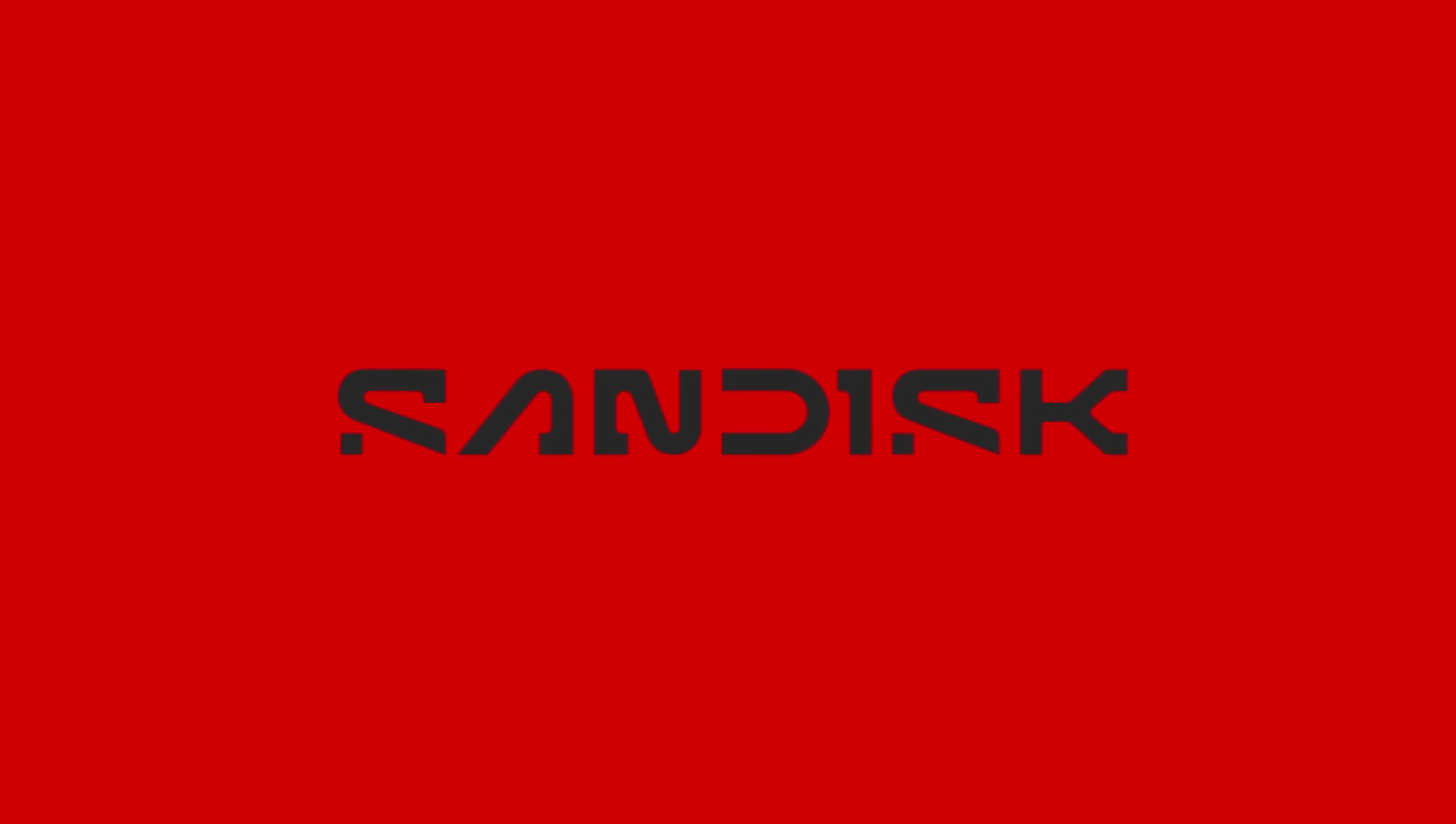Sandisk's upcoming PCIe 5.0 SSD fights throttling with 7W power
The next Sandisk drives will be the fastest and most efficient PCIe Gen5 has yet seen

Sandisk has announced a new SSD set to max out PCIe 5.0 speeds at 7W power draw, comparable to the max power draw of many modern Gen4 drives. The company, fresh off a rebrand and now the SSD/flash storage wing of Western Digital, will launch this flagship drive as part of its rollout of two new consumer SSD platforms.
At its Investor Day 2025 presentation, Sandisk (formerly SanDisk) introduced shareholders to its new position as a home exclusively for flash-based storage, positioned opposite the HDD-only Western Digital. To return to the market and adopt Western Digital's SSD products, Sandisk is launching two new SSD platforms; one is built on QLC NAND based on value, and the other is built on TLC NAND for performance.
The performance platform fully utilizes PCIe Gen 5 along with Western Digital and Kioxia's new BiCS8 3D NAND technology. The first flagship drive in this family, yet unnamed, will saturate the PCIe 5.0 connection with 14,500 MB/s sequential read and 14,000 MB/s write speeds at a max power draw of only 7W in its 2TB flavor. Shipping in Q2 2025, the drive will launch in capacities ranging from 512GB to 4TB.
The most impressive number here is the 7W power draw, which would make the drive the most efficient full-speed Gen 5 SSD on the market at launch. Most Gen 4 drives today hover around this power draw, with some performance Gen 4 drives still exceeding it, while the best Gen 5 drives today are often closer to 10W maximum. Speculation holds that the drive may be one of the first retail drives fitted with Silicon Motion's SM2508 controller, a shockingly power-efficient controller whose reference drive is the second-most efficient drive in our testing history.
"This is absolutely going to be the best-in-class product in the industry," shared Khurram Ismail, the new Senior VP of Engineering and Product Management. "The gamers and OEMs are going to love this product."
Sandisk's performance TLC-based platform will be home to the above drive and will also host the WD Black family of gaming SSDs, which are currently for sale on Sandisk's website. The value-oriented QLC platform, still on PCIe 4.0, will also see an upgrade to BiCS8 3D NAND and will be seen in 512GB, 1TB, and 2TB sizes. One new drive in this family will be the Western Digital PC SN5100S, which is expected to have 53% faster random read speeds and 44% faster random writes than the Western Digital PC SN5000S.
In the same leg of its presentation, Sandisk also shared its plans for scaling up its use of QLC NAND and PCIe 5.0 across its entire lineup. While QLC NAND is generally seen as worse for performance than TLC due to its shorter lifespan, Sandisk plans to have 75% of its offerings ship with QLC NAND by 2028, focusing on its potential to boost capacity. Sandisk also stated its intention to phase out PCIe Gen 4 production by 2028, moving wholly to Gen 5 releases by then.
Get Tom's Hardware's best news and in-depth reviews, straight to your inbox.
While it will be interesting to see new drives released with both Sandisk and WD branding on the same package, Sandisk is certainly optimistic about its return to the storage industry. At the same Investor Day meeting, Sandisk also shared its goals to enter the GPU memory space, with its newly-announced High Bandwidth Flash memory expected to put up to 4TB of VRAM on a single GPU.

Sunny Grimm is a contributing writer for Tom's Hardware. He has been building and breaking computers since 2017, serving as the resident youngster at Tom's. From APUs to RGB, Sunny has a handle on all the latest tech news.
-
Zaranthos Where is Samsung? They held the flash crown for a long time and the competition seems to be eroding their once solid lead.Reply -
jp7189 Reply
My take is Samsung is having an Intel moment... as in their next gen product plan relied on a healthy next gen fab process, and according to rumors it's not as good as they were hoping for yet. If true that puts them in the tough spot of waiting for the fab process, redesigning products to reuse an older process, or looking to outsource (to TSMC).Zaranthos said:Where is Samsung? They held the flash crown for a long time and the competition seems to be eroding their once solid lead. -
jp7189 Reply
Historcally Samsung has had great SSDs. Their real world performance and reliability have been great even if some competitors beat them out on a synthetic benchmark or two... at least a few years ago that was the case... recently they have stagnated on both performance and capacity, and competitors have bypassed them.jackt said:when?